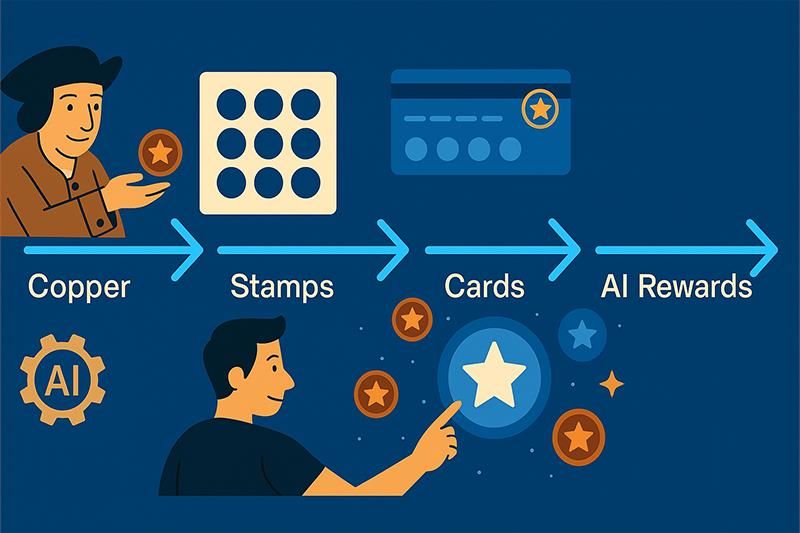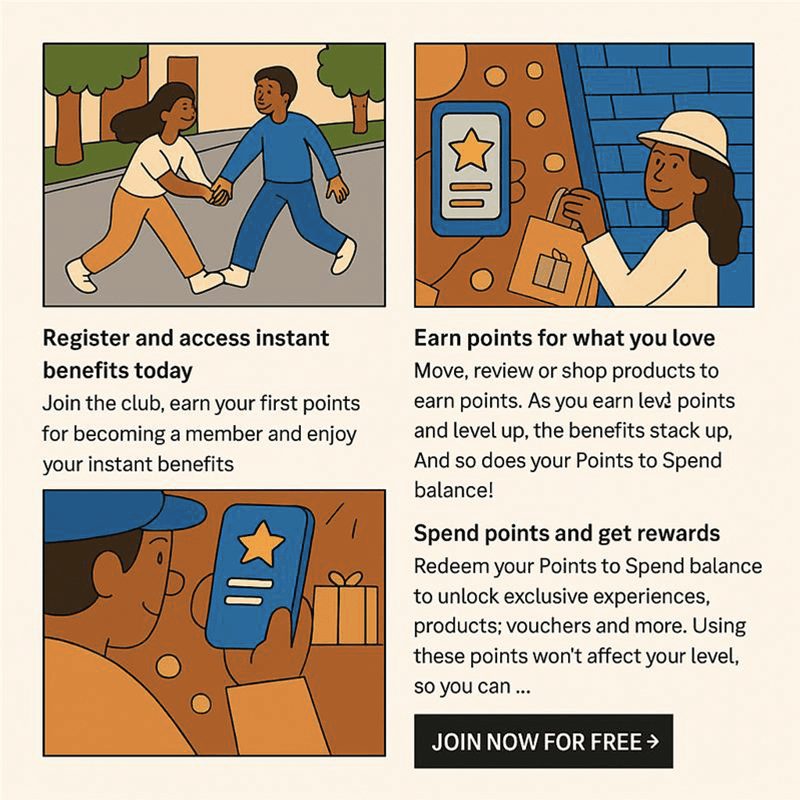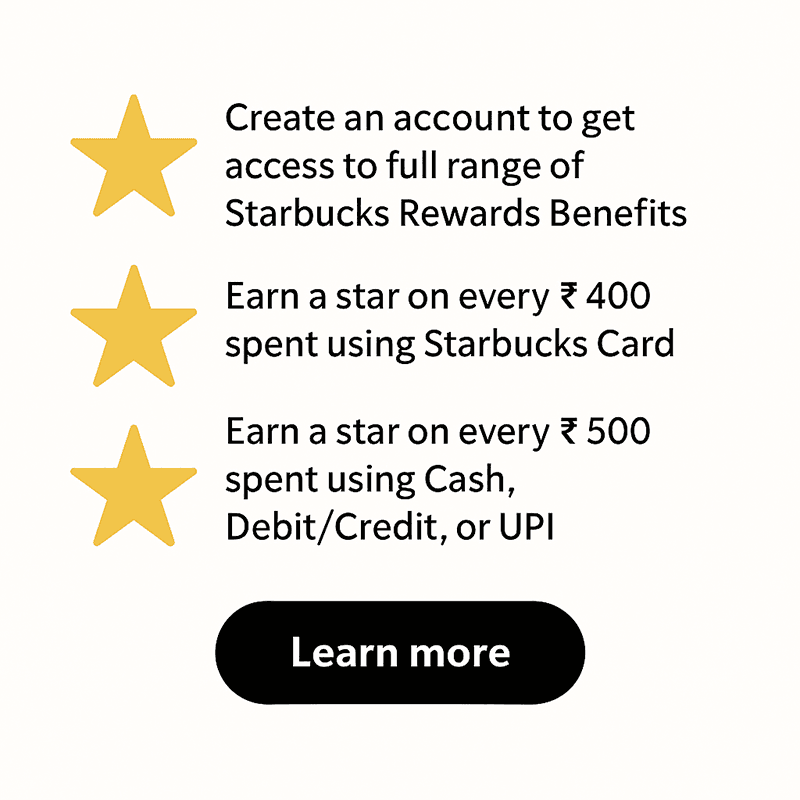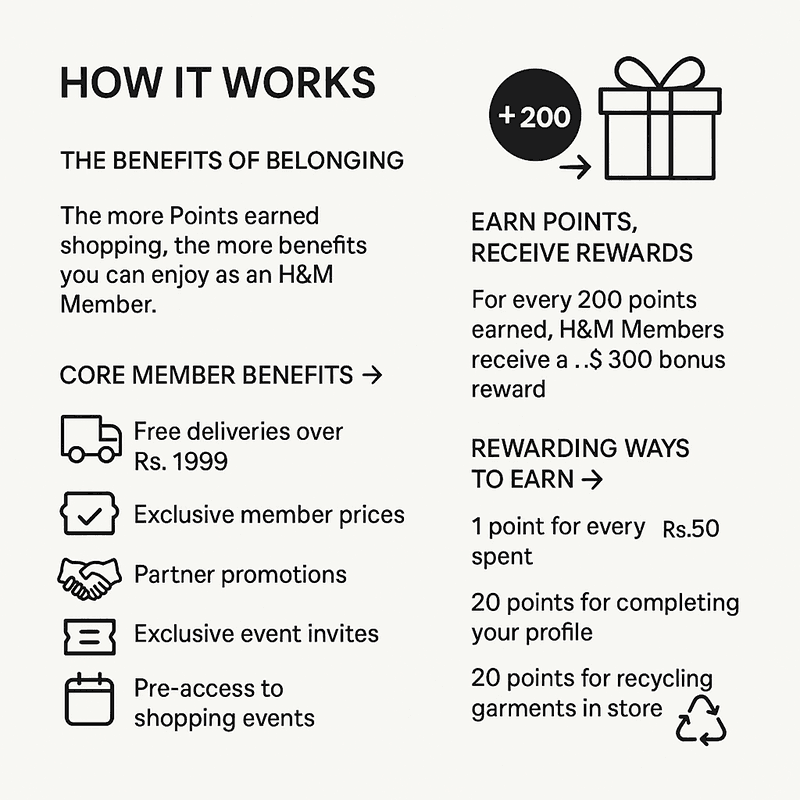Top 7 Loyalty Programs to Learn From in 2025

Introduction: Loyalty Is Built—Not Bought
Loyalty isn’t just a feature you add to your business. It’s something you earn through consistency, value, and experience.
The earliest forms of customer loyalty programs date back to the 18th century, when merchants handed out copper tokens to reward repeat buyers. Over time, those tokens evolved into stamps, punch cards, and now, digital points and AI-driven rewards. But while the tools have changed, the goal remains the same: make customers come back—and bring others with them.
However, in today’s crowded and fast-moving marketplace, many brands still struggle with the same core problems:
- Customers sign up for loyalty programs but don’t engage.
- Points are accumulated but rarely redeemed.
- Discounts alone fail to create meaningful brand attachment.
- Loyalty programs feel transactional, not relational.
Loyalty programs are everywhere—but loyalty itself is rare. In 2025, the brands winning at customer retention aren’t just offering perks. They’re creating holistic, emotional, and personalized loyalty ecosystems that go beyond rewards.
From retail giants to food chains, these companies have cracked the loyalty code—using personalization, gamification, omnichannel convenience, and emotional connection to drive customer behavior. Here's a roundup of the top loyalty programs in 2025, and what makes them worth learning from.
1. Adidas – adiClub
Adidas revamped their adiClub with a tier-based structure that rewards customers not just for purchases but also for interactions like writing reviews, attending events, and engaging in workouts through their app. Members could unlock exclusive drops, early access to collections, and invitations to offline experiences.

The results:
adiClub reported a 40% rise in repeat purchases and a 22% increase in app engagement year-over-year. It became a central part of Adidas’ community-building strategy.
2.Starbucks – Starbucks Rewards
Starbucks expanded its digital ecosystem by allowing members to pay using multiple methods (like credit cards and digital wallets) while still earning stars. Personalized offers, gamified challenges, and tiered perks like free beverages and merchandise were also optimized in the app.

The results:
Starbucks saw a 15% increase in mobile app usage and attributed 57% of in-store purchases to loyalty members, highlighting the program's strength as a customer retention tool.
3.Sephora – Beauty Insider
Sephora’s Beauty Insider program evolved to offer more experiential rewards like virtual beauty classes, one-on-one consultations, and curated boxes. They also improved personalization using AI to recommend products and tailor rewards.

The results:
There was a 35% increase in customer satisfaction scores and a 25% boost in customer lifetime value (CLV) for active loyalty members.
4. H&M – H&M Member Program
H&M tied sustainability to loyalty by allowing customers to earn points not just from purchases but also from recycling clothes and choosing eco-friendly shipping. Exclusive discounts, early access to sales, and birthday rewards added more value.

The results:
H&M saw a 28% increase in member sign-ups and a 19% decrease in cart abandonment rates. The sustainability rewards also improved brand perception.
5. Pizza Hut – Hut Rewards
Pizza Hut simplified its Hut Rewards to focus on a point-per-dollar system, making it easier to track and redeem. They also introduced “surprise and delight” offers and integrated ordering with loyalty tracking on delivery apps.

The results:
Their loyalty program helped Pizza Hut achieve a 14% higher repeat purchase rate compared to non-members, along with a 10% increase in order frequency.
6.Reebok – Aditya Birla Group's Omnichannel Loyalty Network
Reebok, under the Aditya Birla Fashion & Retail umbrella, was part of the group’s StyleUp loyalty program, which unified multiple brands (including Pantaloons, Van Heusen, Allen Solly, and more) under one customer ID. Members earned and redeemed points across all ABFRL stores and websites.

The results:
This omnichannel strategy led to a 2.5x increase in cross-brand purchases and allowed Reebok to retain high-value customers more effectively by providing more redemption flexibility.
7.Subway – Subway MyWay Rewards
Subway fine-tuned its MyWay Rewards program to include personalized meal deals, gamified challenges, and location-based promotions. They also rolled out in-app ordering with instant rewards and free delivery for members.

The results:
The food chain noted a 20% growth in app orders and saw members visiting stores 1.7 times more frequently than non-members.
Final Thoughts
These loyalty program examples from 2025 show that successful customer retention strategies are no longer just about discounts — they’re about personalization, omnichannel convenience, emotional engagement, and experience. Whether it's Adidas creating a lifestyle club or Aditya Birla combining brands under one roof, the top loyalty programs of today are rewriting the rules of customer loyalty.